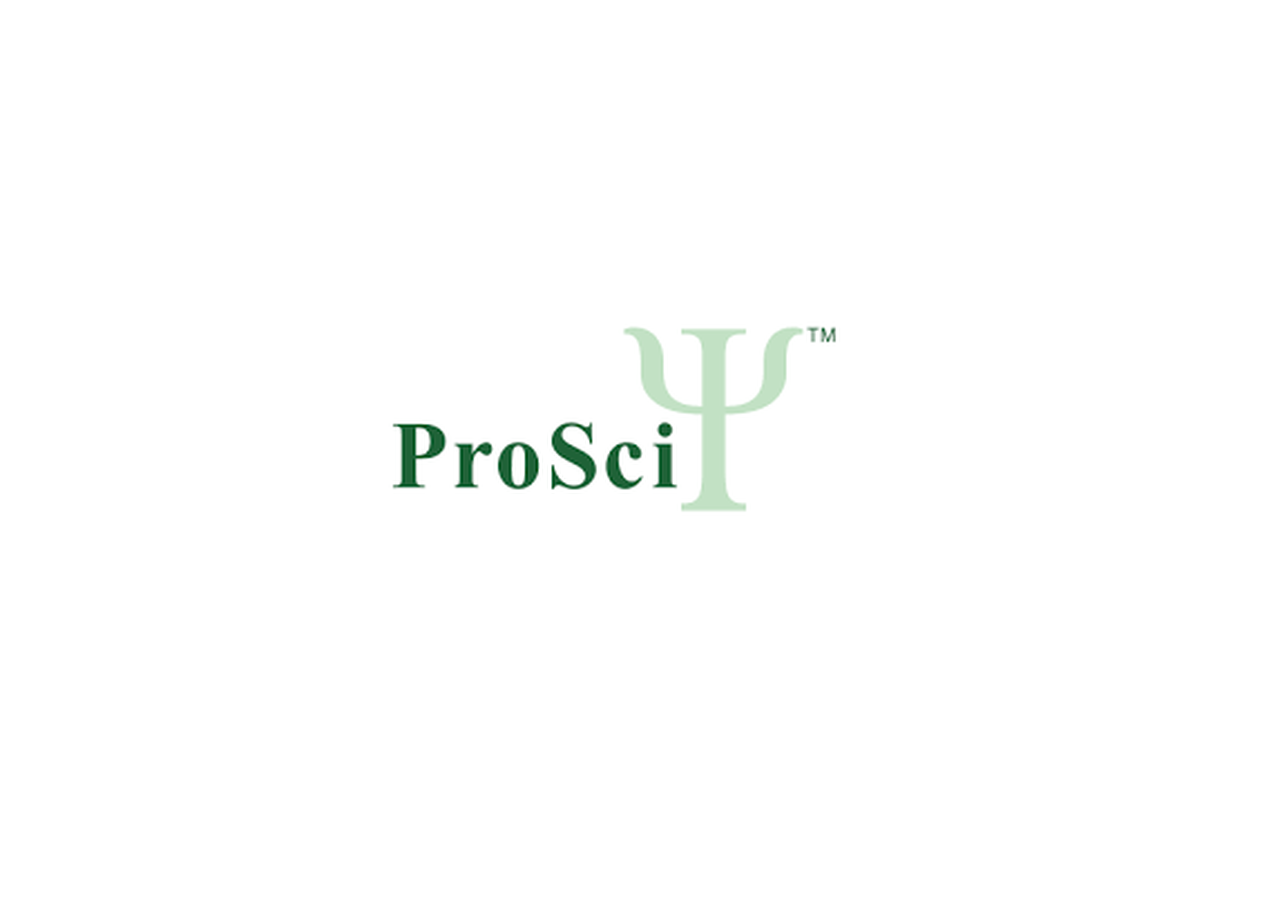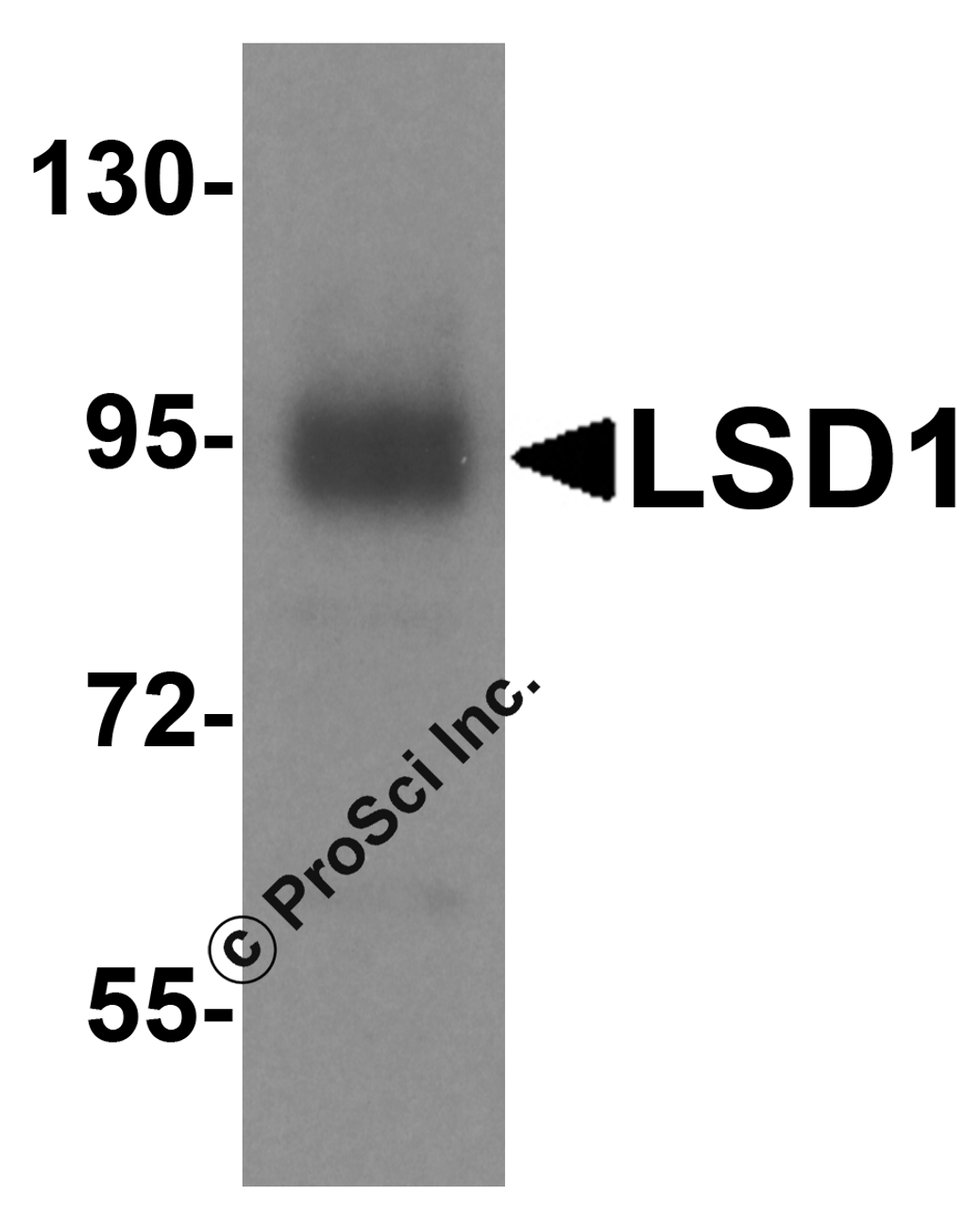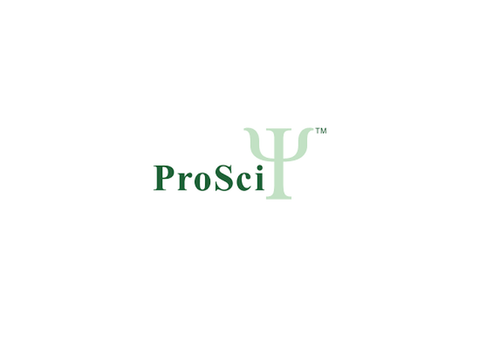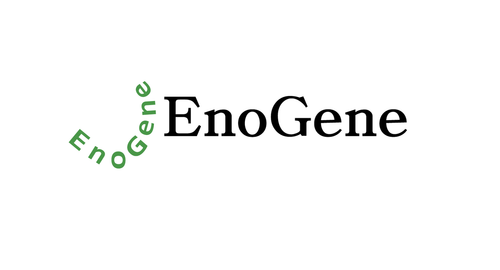Product Description
LSD1 Antibody | 8223 | ProSci
Host: Rabbit
Reactivity: Human, Mouse, Rat
Homology: N/A
Immunogen: Anti-LSD1 antibody (8223) was raised against a peptide corresponding to 19 amino acids near the amino terminus of human LSD1.
The immunogen is located within amino acids 90-140 of LSD1.
Research Area: Homeostasis
Tested Application: E, WB, IHC-P
Application: WB: 1 - 2 μg/mL; IHC-P: 5 μg/mL.
Antibody validated: Western Blot in human, mouse and rat samples; Immunohistochemistry in human samples. All other applications and species not yet tested.
Specificiy: At least two isoforms of LSD1 are known to exist; this antibody detects both.
Positive Control 1: Cat. No. 1203 - A549 Cell Lysate
Positive Control 2: Cat. No. 10-901 - Human Spleen Tissue Slide
Positive Control 3: N/A
Positive Control 4: N/A
Positive Control 5: N/A
Positive Control 6: N/A
Molecular Weight: Predicted: 93kD
Observed: 93 kD
Validation: N/A
Isoform: Human LSD1 has 2 isoforms, including isoform 1 (852aa, 93kD) and isoform 2 (876aa, 95kD) . Mouse LSD1 has one isoform (853aa, 93kD) and Rat LSD1 also has one isoform (872aa, 95kD) . 8223 can detect LSD1 in human, mouse and rat.
Purification: LSD1 antibody is affinity chromatography purified via peptide column.
Clonality: Polyclonal
Clone: N/A
Isotype: IgG
Conjugate: Unconjugated
Physical State: Liquid
Buffer: LSD1 antibody is supplied in PBS containing 0.02% sodium azide.
Concentration: 1 mg/mL
Storage Condition: LSD1 antibody can be stored at 4˚C for three months and -20˚C, stable for up to one year.
Alternate Name: Lysine-specific histone demethylase, amine oxidase flavin containing domain protein 2, AOF2
User Note: Optimal dilutions for each application to be determined by the researcher.
BACKGROUND: Histone modifications mediate changes in gene expression by altering chromatin structure or by serving as a platform to recruit other proteins. LSD1 is a recently discovered amine oxidase that catalyzes the lysine-specific demethylation of histone proteins via an FAD-dependent oxidative reaction (1) . Methylation on histone H3-K9 is thought to play an important role in heterochromatin formation, while methylation on arginine and some lysine residues (such as H3-K4) is associated with active transcription (2) . LSD1 associates with various proteins, including HDAC1/2, CoREST, and BHC80, that act to regulate LSD1 activity in vivo, and in a histone H3-K4-specific methylase complex that is involved in transcriptional regulation (3, 4) . Experiments have shown that CoREST, a SANT domain-containing corepressor (5) acts to enhance LSD1 activity, while BHC80, a PHD domain-containing protein (6) , inhibits CoREST/LSD1 activity in vitro (3) . LSD1-mediated histone demethylation thus may have significant effects on gene expression.
 Euro
Euro
 USD
USD
 British Pound
British Pound
 NULL
NULL












